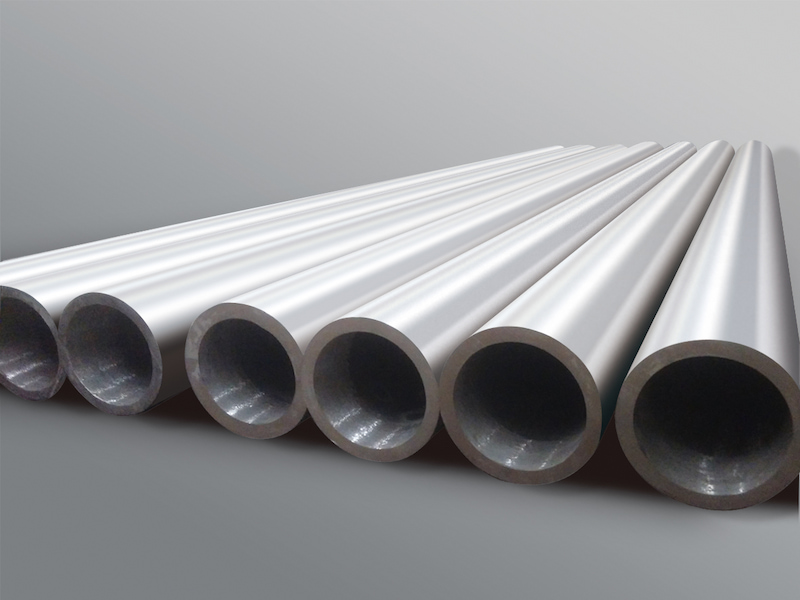In high-end manufacturing, seamless, large-diameter titanium alloy pipes represent the pinnacle of material and process engineering. However, combining 'large-diameter' (typically ≥Φ300 mm) with 'thin-wall' (wall thickness ≤5 mm, often ≤3 mm) exponentially increases the technical challenges. It's not just about the material; it's a rigorous test of precision manufacturing.
Why is large-diameter, thin-wall so difficult?
Forming dilemma: traditional rolling or extrusion of large-diameter pipes puts immense radial force on the thin walls, causing instability, wrinkling or even tearing.
Uniformity challenge: ensuring millimetre-level consistency in wall thickness across a large cross-section requires highly precise equipment, die design and process control. The slightest deviation creates weak points.
Strength-toughness balance: Thinner walls mean that less material must withstand equal or higher pressures. The core challenge lies in guaranteeing sufficient strength, toughness and fatigue resistance through microstructural control, whilst also achieving weight reduction.
Key Breakthrough Technologies:
'Balanced rigidity and flexibility' forming: This utilises multi-stage, temperature-controlled hot extrusion combined with powerful back-pressure or internal mandrel support, which acts like a 'skeleton' to prevent collapse. This is followed by multi-pass cold rolling/spinning for progressive thinning, enhanced dimensional accuracy and a better surface finish.
NDT's "Eagle Eye": Large-diameter, thin-wall pipes demand zero tolerance for defects. High-precision automated ultrasonic testing (UT) and eddy current testing (ECT) provide full coverage and can detect even the smallest inclusions, micro-cracks or variations in wall thickness, guaranteeing integrity.
Why pursue 'thin' and 'large'?
Ultimate weight reduction: This is crucial for aerospace and deep-sea structures, where saving 1 kg can make a big difference. These pipes can offer up to 40% weight savings compared to conventional solutions, thereby increasing payload and efficiency.
Enhanced flow efficiency: In the chemical and energy sectors, larger diameters enable higher flow rates and throughput, while thinner walls reduce material usage and thermal resistance.

The manufacturing of seamless titanium alloy large-diameter thin-wall pipes is a symphony of materials science, precision processing and intelligent control. Each successful reduction in wall thickness or increase in diameter represents another leap forward in humanity's extreme manufacturing capabilities. These are not just pipes; they are critical enablers of a lighter, stronger and more efficient future. Emerging technologies such as intelligent shape control and additive-composite integration will continue to push the boundaries of what is possible in terms of "thin" and "large".
NBSM is committed to promoting the development of the titanium product industry and expanding the range of applications for titanium products. As a professional titanium alloy manufacturer, NBSM offers a comprehensive product range, including highly acclaimed titanium plates, titanium rods and titanium tubes. Titanium steel clad plate and nickel steel clad plate have also received positive feedback from the chemical and power plant industries.